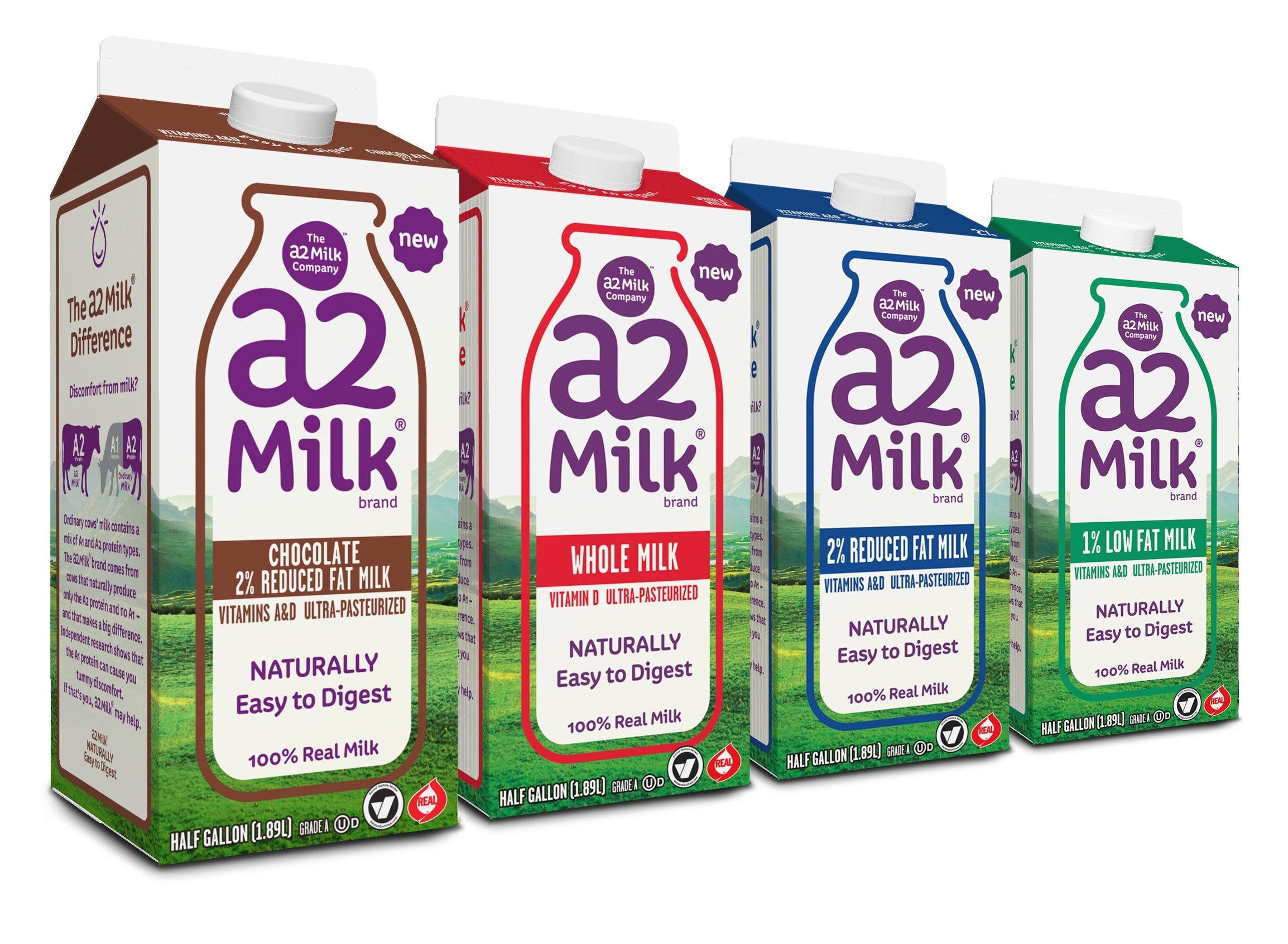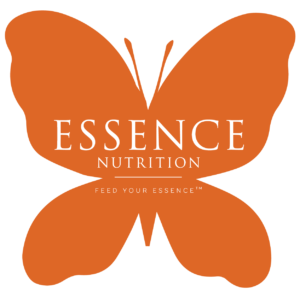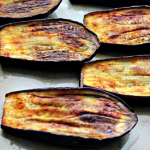There’s a lot of dairy-bashing out there these days. Here are the things clients lecture ME on (as if THEY are the experts….moo.) “Milk is made from pus.” “Milk causes acne.” “Milk will inflame you.” “Milk causes excess mucus.” “Milk makes my stomach hurt.” “Milk is unnatural and gross.” “Milk has feces.”
Deja Moo
While I do not absolve the dairy industry/political lobby of any wrongdoing (it’s REALLY random that there is a little ‘dairy’ satellite on the MyPlate graphic), we have got to stop hating on milk. All of the above claims are just that – claims. In reality, the SCIENCE and LITERATURE (what we, as dietitians, refer to and respect) does NOT support these claims. Unless you have a medically diagnosed milk protein allergy or lactose deficiency [that can REALLY only be diagnosed with a breath test or gastrointestinal biospy], you CAN and PROBABLY SHOULD be drinking real milk.
Milk is MOO-sic to my ears
Milk, specifically its whey protein (80% of the protein in milk), is an extremely bioavailable (absorbable) source of protein in human bodies. Essentially, we are designed to drink milk. Milk has potassium, calcium and Vitamin D (both needed for optimal bone health). While you may be quick to say that vegan milks (like almond, cashew, etc.) are fortified with perhaps more calcium per serving – alas, that calcium is nowhere near as bioavailable as the calcium in dairy milk. In fact, I forbid new moms from giving their 1 year-old and older children vegan milk, unless for religious or medically necessary reasons, because cow’s milk has been proven time and time again to support optimal growth and development. Milk is a complete protein, meaning it has all of the amino acids (building blocks of proteins) your body cannot manufacture itself. Milk also has omega-3 fatty acids, the anti-inflammatory ones that decrease inflammation throughout your body. While some people may break out from non-organic dairy (and it might be something *else* in their diet), the selenium and Vitamin E in grass-fed organic milk may actually help with complexion.
It’s PASTURE bedtime, Nut Milks
I adore almond, cashew, sunflower and hemp milks for folks with a medically necessary dairy avoidance, or for those watching sugar intake. Nut milks have far less protein than dairy milk and have to be fortified with calcium and Vitamin D – they don’t occur naturally. I happen to think they taste fine, but there’s no comparing their taste to real milk. While these milks are a fine substitute for real dairy milk, they’re just that – a SUBSTITUTE. Nothing like the real thing.
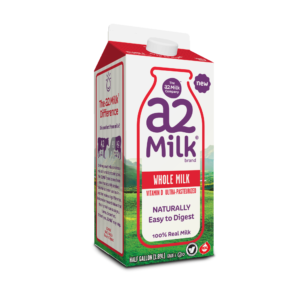 A+ for The a2 Milk Company™
A+ for The a2 Milk Company™
Speaking of the real deal, if dietitians gave milk grades, a2 Milk® gets an A+. The name isn’t just alliterative; it alludes to the type of protein in this milk that makes it UDDERLY fantastic. There are a couple of different types of proteins from cows that go into milk; A1 and A2. The A1 protein is associated with the gastrointestinal discomfort some people experience with milk; Alas, consuming a2 Milk doesn’t usually result in that discomfort. It’s also hormone-free, antibiotic-free, made from cows not treated with bovine growth hormone, and since it was started in Australia, likely has that endearing friendly accent, mate. Pick your creamy pleasure: Whole (personal favorite – a little goes a long way), 2%, 1%, or the indulgent Chocolate 2% Reduced Fat Milk – perfect for a post work-out recovery drink (seriously – look up the scientific studies). Also, um, chocolate is life. Oh, and to bow even more to cows, drinking milk is associated with weight loss, likely because the protein and relatively low calorie count per serving prevents overeating. If you’re lucky enough to live in Florida, you can find a2 Milk® at Publix. If you are slumming it in another state (#welivewhereyouvacation), champion your local grocer to start carrying this moo-gnificent stuff. It’s the #1 milk in Australia for a reason. Will you look like Nicole Kidman if you drink it on the reg? Maybe.
Essentially Yours,
Monica
This post sponsored by a2 milk®.
